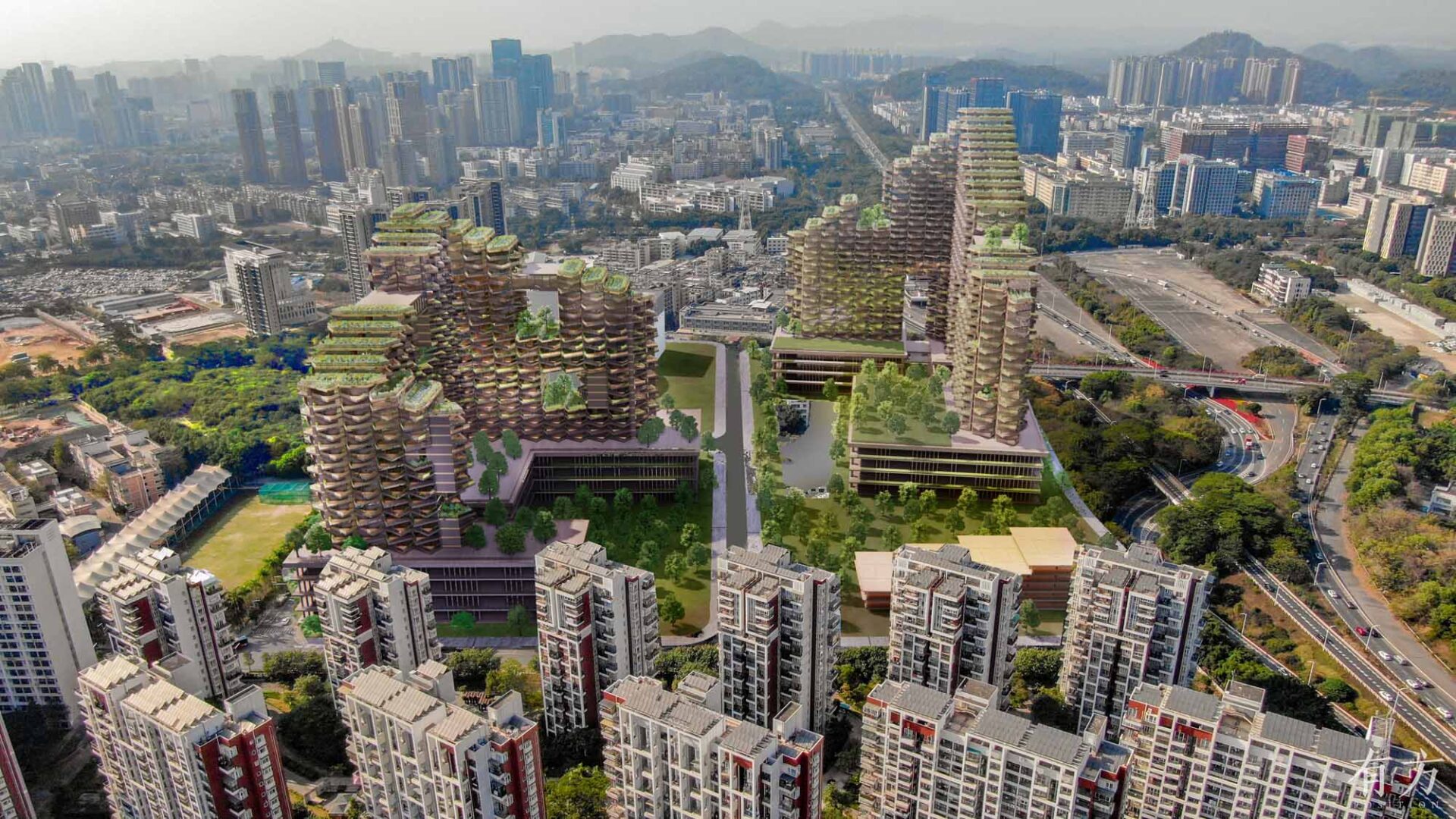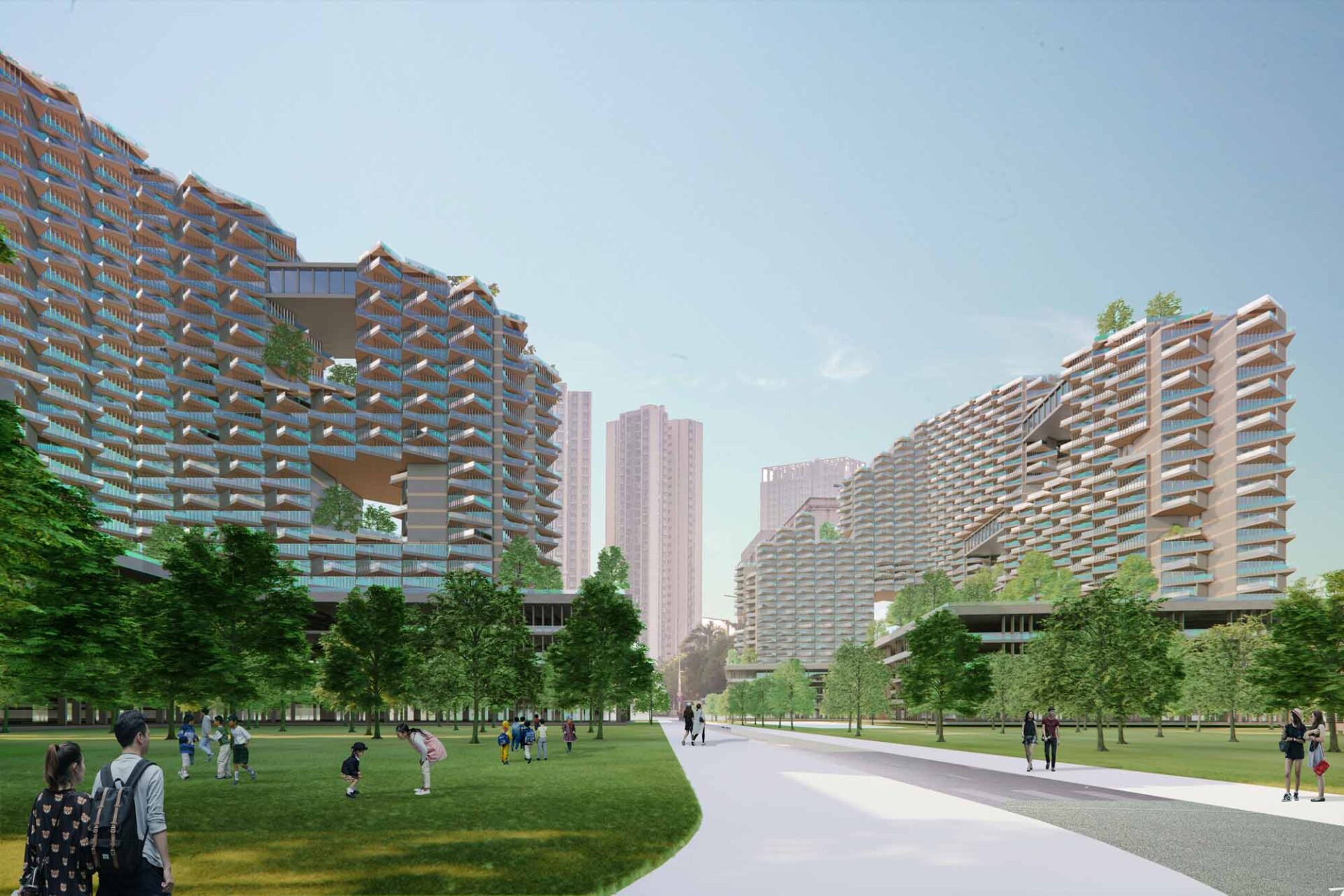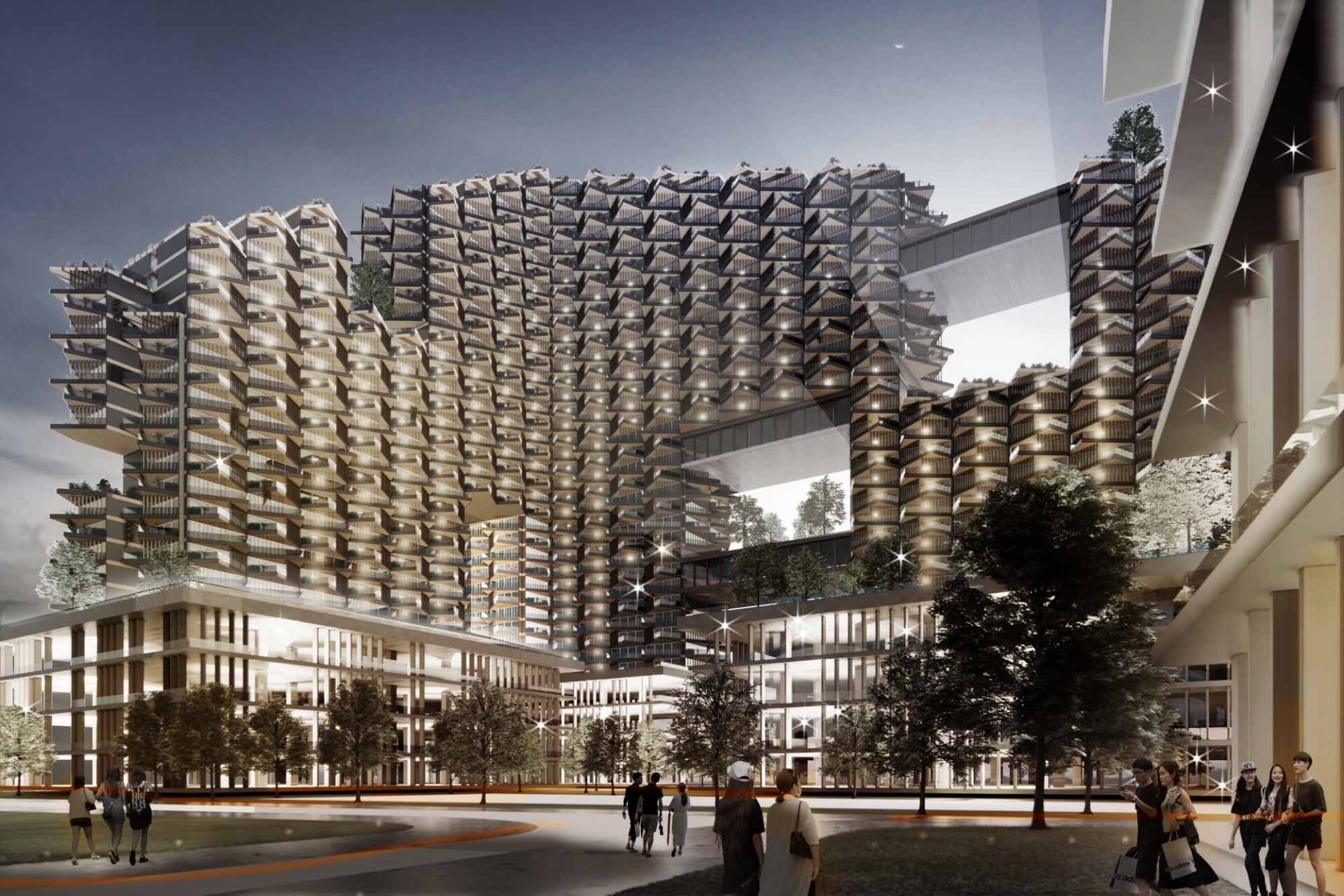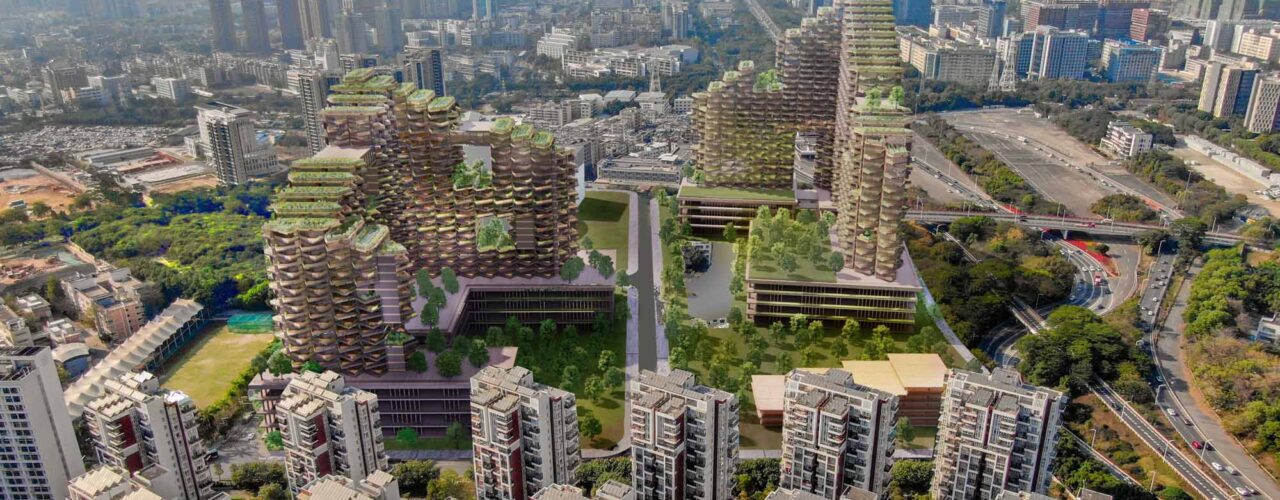The future of housing revolves around the concept of the “4th spaces” – communal areas that exist beyond the boundaries of one’s individual home but contribute to the overall sense of home. These spaces play a crucial role in fostering a sense of community and connection among residents.
When it comes to sustainable housing, effective material and energy control are paramount. Providing residents with the ability to naturally cool their living spaces, reducing reliance on air conditioning, becomes a key consideration. Additionally, incorporating mass timber as both a finishing material and structural component can significantly lower the overall embodied carbon of the building, contributing to a more sustainable and environmentally friendly housing solution.
Furthermore, housing design should aim to eliminate the division between private and public spaces. The concept of gated communities, often associated with exclusivity and separation, should not be applied to public housing. Creating transparent and open spaces allows for increased visibility and supervision, enhancing the safety of children and deterring individuals with malicious intentions. By promoting openness and inclusivity, housing developments can foster a greater sense of security and community engagement among residents.
Team: Evan Li, Sam Chan, Vicky Chan, Andy Cheng




